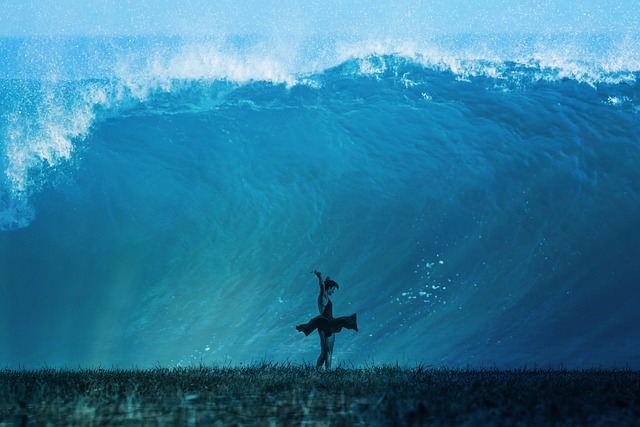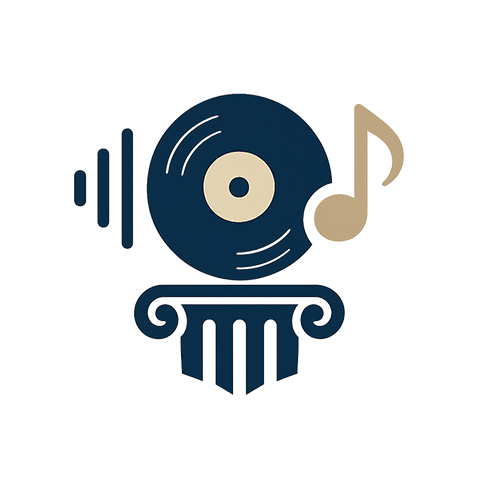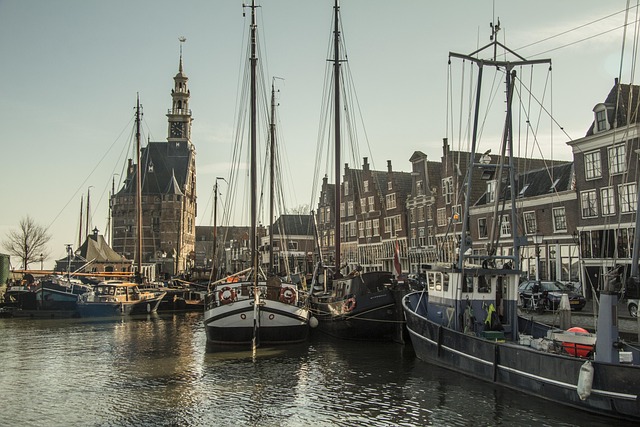
Exploring the Rhythmic Artistry of Blues Dance: A Deep Dive into Its Influence on Music Culture and Party Scene
Blues dance is not just a style of dance; it embodies a unique cultural expression that has woven itself into the very fabric of music and party scenes around the world. Rooted in the same emotional resonance that defines the blues genre, this dance form captures the essence of American music history with its rhythmic intricacies and improvisational flair.
At its core, blues dance has origins that are rich and diverse—stemming from African American communities that celebrated life’s highs and lows through music and movement. It melds traditional African dance forms with jazz influences, creating a style that is both deeply personal and socially connected. Participants often find themselves immersed in the music’s emotional journey, translating those feelings into expressive movements that speak to participants and onlookers alike.
When we think of the blues, it conjures images of smoky bars and dimly lit dance floors, where the air is thick with soulful melodies and palpable energy. Blues dance thrives in these environments, creating a vibrant party scene that invites dancers to lose themselves in the music. Unlike many other social dance styles, blues dance emphasizes individual expression, allowing dancers to interpret the music in their unique way. Each twist, turn, and sway can tell an entirely different story, echoing the varied experiences of life that the blues genre itself often reflects.
The communal aspect of blues dance fosters a sense of togetherness that is hard to replicate in modern music culture. Events centered around blues dance often bring together individuals of all backgrounds, unified by their love for the rhythm and the rich history that the blues represents. Social gatherings featuring live blues music allow participants to feel the pulse of the music beat through their bodies, creating connections that go beyond the surface. In these spaces, every movement is an invitation to share in the emotional weight of the melodies, inviting dancers to celebrate joy, heartbreak, and everything in between.
As we navigate the evolutionary landscape of modern music genres, the influence of blues dance is undeniable. It has permeated various styles, from jazz and rock to hip-hop and pop, continually informing and shaping new musical innovations. Artists and musicians often cite the blues as a foundational genre, integrating its emotional core into their work. This, in turn, breathes new life into blues dance itself, inspiring emerging dancers to experiment with contemporary interpretations while respecting its traditional roots.
Moreover, the blues dance community has embraced the digital revolution, ensuring that this intricate art form remains vibrant and accessible. Online classes, social media channels, and virtual dance festivals have introduced this compelling style to audiences around the world. While nothing compares to the magic of experiencing it live, dancers can now connect, share, and learn from each other regardless of their geographic location, perpetuating the legacy of blues dance across generations.
As we explore the rhythmic artistry of blues dance, it is essential to recognize its profound impact on both music culture and the social party scene. Each song played, every beat tapped, and each emotional expression shared on the dance floor continues to enrich the communal tapestry that is blues dance. It invites us all to let loose, connect with others, and most importantly, honor the powerful truths that music, in its many forms, has to offer.



